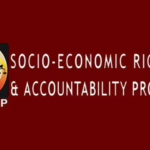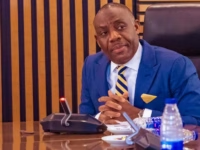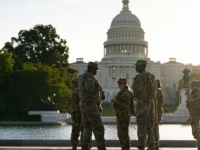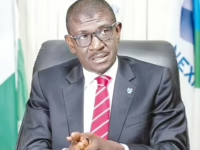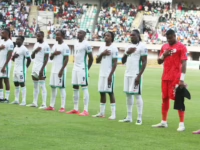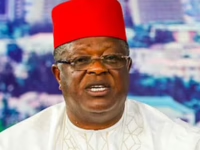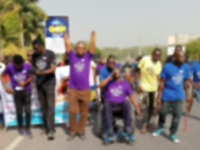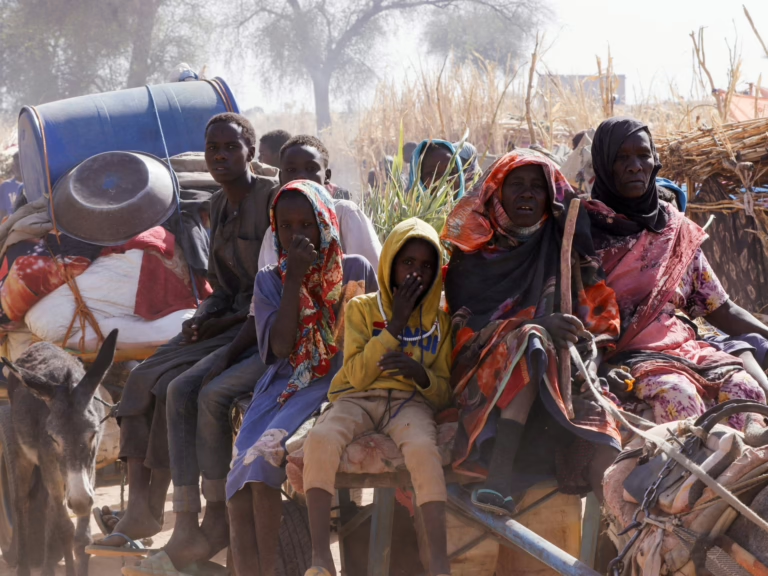Displacement rates in el-Fasher have escalated sharply as the paramilitary Rapid Support Forces (RSF) have intensified their offensive on the capital of North Darfur, according to a recent United Nations briefing.
Since the onset of Sudan’s civil conflict, over one million residents have fled el-Fasher. This mass departure accelerated notably after the RSF lost control of Khartoum earlier this year and redirected their efforts toward Darfur, as reported by the International Organization for Migration (IOM) on Sunday.
Between March and September, the number of internally displaced persons (IDPs) residing in el-Fasher plummeted by 70%, dropping from roughly 699,000 to 204,000, based on the IOM’s Displacement Tracking Matrix data.
Consequently, el-Fasher’s total population has diminished by 62% from its pre-conflict figure of 1.11 million to just over 413,000 inhabitants.
Dramatic Population Shift
This steep population decline followed the Sudanese Armed Forces’ (SAF) recapture of Khartoum in late March, after which the RSF shifted focus to solidifying their hold over Darfur. El-Fasher remains the last significant urban bastion under government control in the region.
April marked one of the bloodiest periods this year, with nearly half a million people-almost the entire population of Zamzam IDP camp-displaced in a single event.
Since April 2023, the Sudanese military and RSF have been locked in fierce combat for national dominance, sparking what is now considered the largest humanitarian emergency worldwide.
Millions have sought refuge in neighboring countries, predominantly Egypt and Chad, with cross-border migration into Chad surging by 45% year-over-year in 2025, nearing 1.2 million arrivals.
Those unable to cross borders have been forced to relocate internally. For instance, the IDP population in Tawila more than doubled from 238,000 to 576,000 between March and September.
Since May 2024, the RSF has imposed a blockade on el-Fasher, severing supply lines and entrapping approximately 260,000 civilians-including 130,000 children-without consistent humanitarian aid for over 16 months.
Satellite images analyzed by the Yale Humanitarian Lab reveal earthen embankments constructed by the RSF nearly encircling the city, effectively enforcing the siege and restricting movement of goods and people.
Violence has intensified recently. A drone strike on a mosque during Friday prayers in September resulted in over 70 fatalities, prompting UN warnings about potential ethnically driven massacres should the RSF seize control of el-Fasher.
Reports indicate the RSF has systematically targeted non-Arab communities throughout Darfur, with fighters often recording themselves hurling racial insults at victims.
In early September, UN investigators condemned both factions for atrocities, highlighting the RSF’s involvement in “murder, torture, enslavement, rape, sexual slavery, sexual violence, forced displacement, and persecution based on ethnicity, gender, and political affiliation.”
The humanitarian crisis continues to deteriorate rapidly.
In an August survey, 87% of households expressed urgent healthcare needs, yet 78% were unable to receive medical treatment due to damaged infrastructure, ongoing insecurity, and medicine shortages.
Food insecurity has worsened dramatically, with 89% of families experiencing poor or borderline food consumption levels.
Since the siege’s inception, UNICEF has verified over 1,100 grave violations against children in el-Fasher, including more than 1,000 children killed or seriously injured.
The struggle for el-Fasher has become a pivotal element shaping the wider conflict’s future.
Strategic Significance of El-Fasher
The RSF currently dominates most of western Sudan, controlling nearly all of Darfur, while government forces retain authority over the northern and eastern regions.
In July, the RSF and allied groups declared a controversial “parallel government,” deepening the political schism that has fractured the nation.
The potential capture of el-Fasher by the RSF would grant them near-total control over the Darfur region, significantly altering the conflict’s balance of power.


